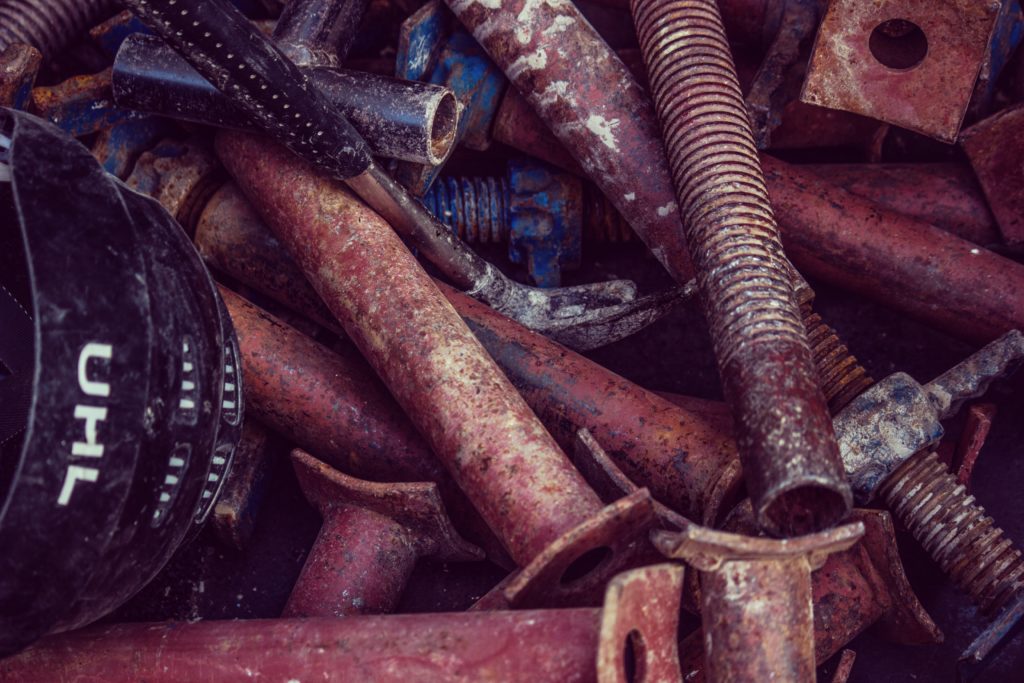General corrosion of stainless steel occurs when there is a widespread breakdown of the protective passive film allowing the entire surface to experience active corrosion.

The most common example of “general” or “uniform” corrosion is the attack that occurs when unprotected carbon steel is immersed in water or a mild acid. It is characterized by uniform thinning of the metal.
General corrosion of stainless steel occurs when there is a widespread breakdown of the protective passive film allowing the entire surface to experience active corrosion. It is rare to see general corrosion of stainless steel.
Because of the relatively high corrosion resistance of stainless steels, it typically requires a very aggressive environment such as strong acids or bases to produce this mode of attack. The uniform corrosion rate usually increases with higher temperatures and increased flow rates.
The most common cause of general corrosion on stainless steel is the use of an inappropriate alloy with insufficient resistance for the environment.